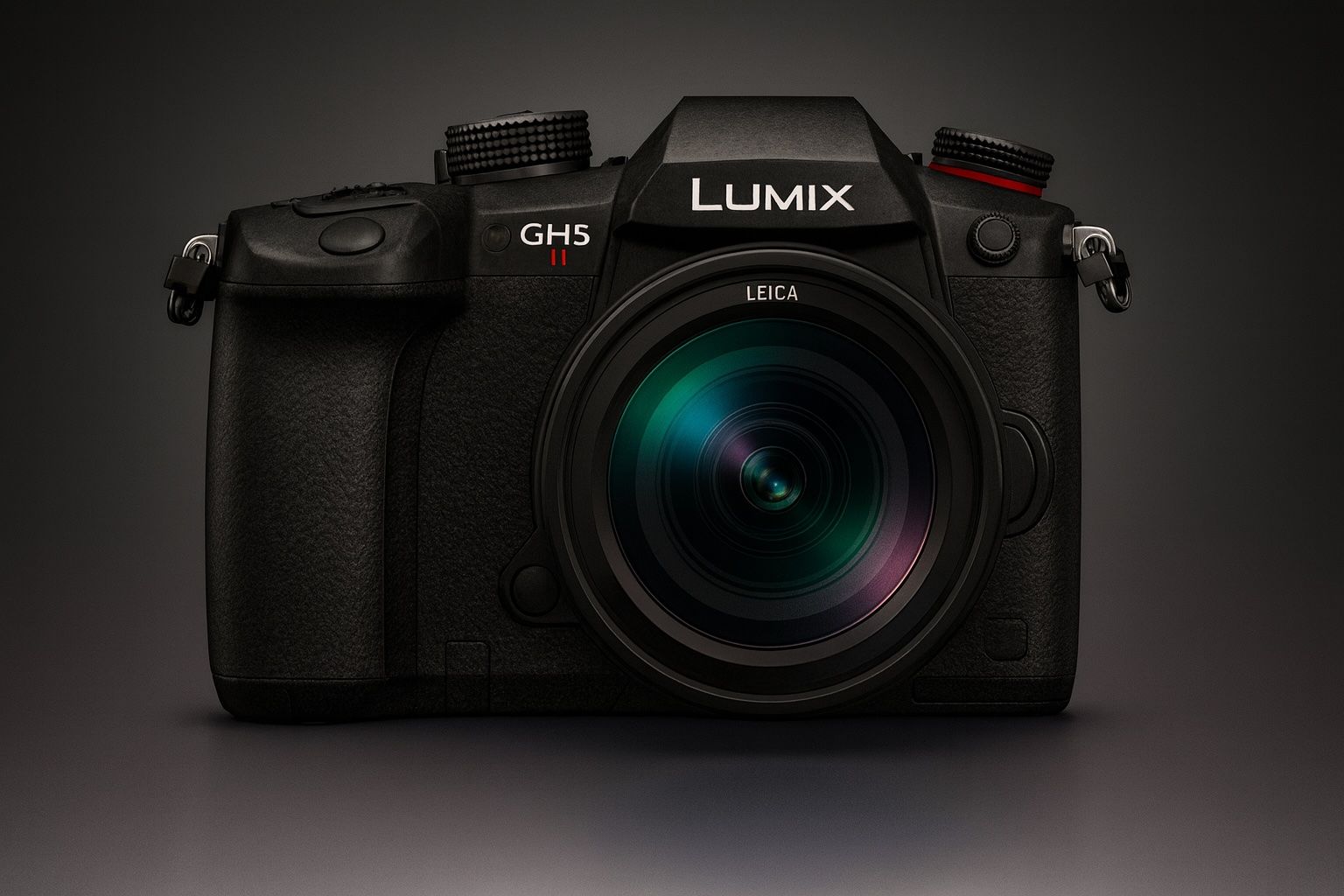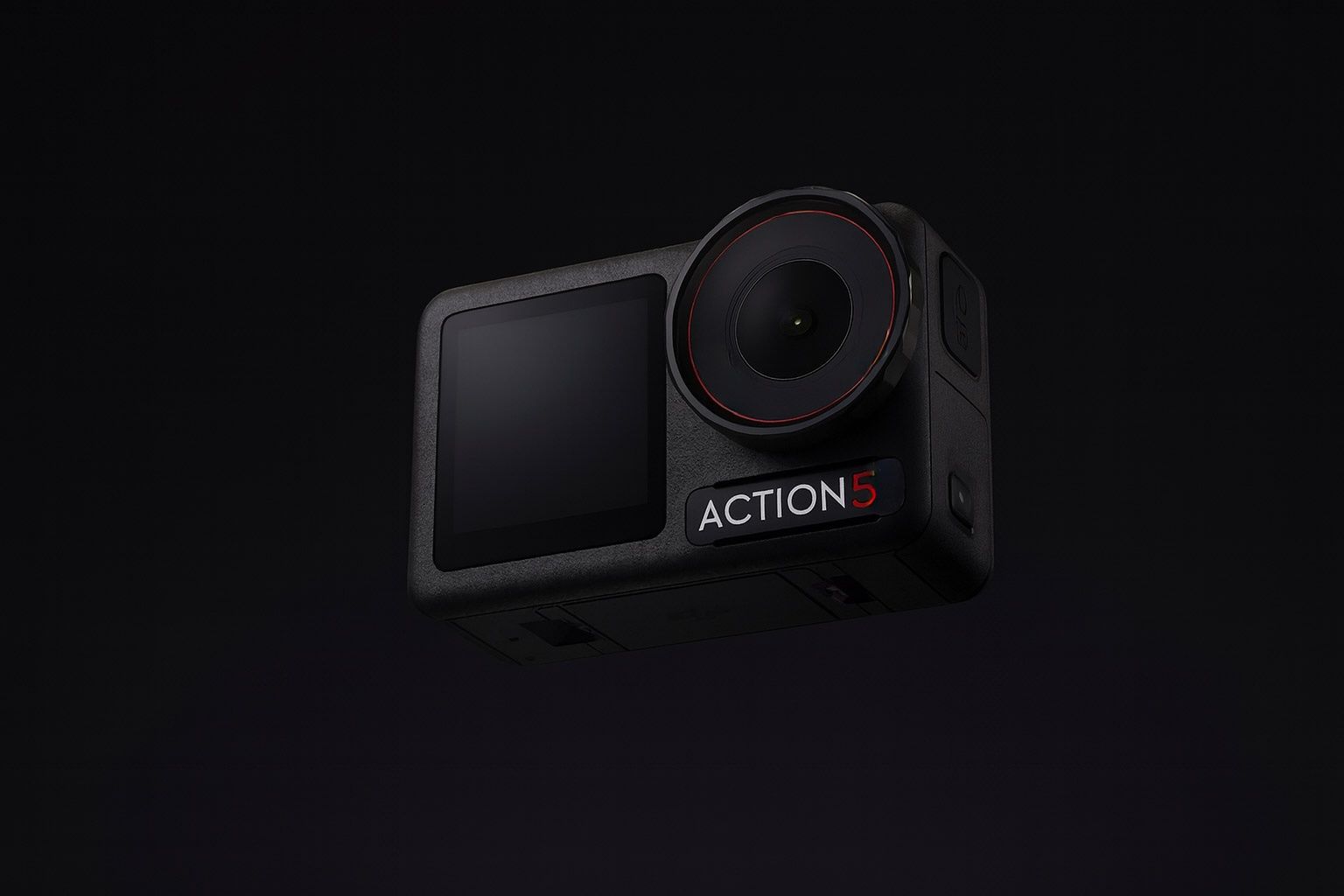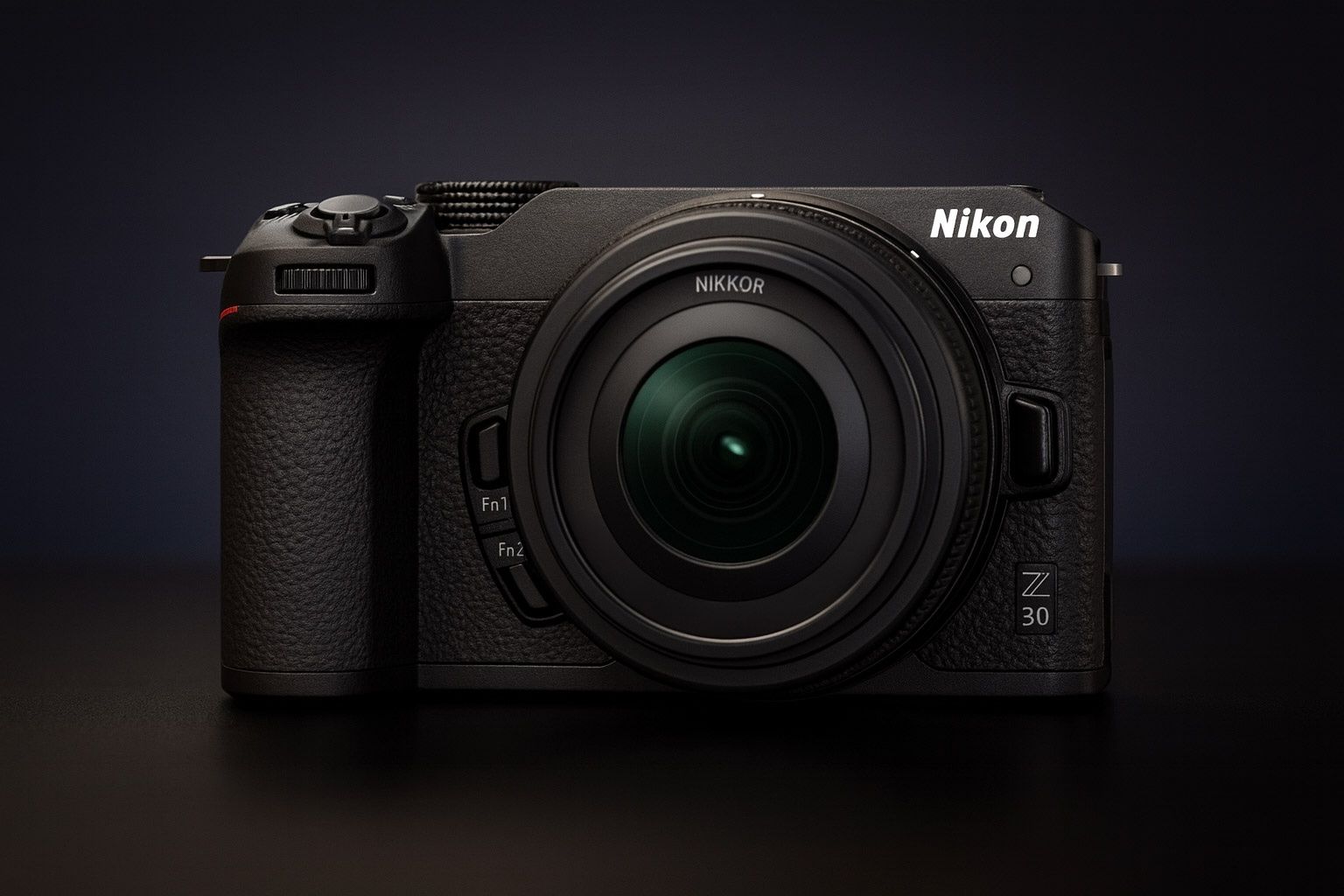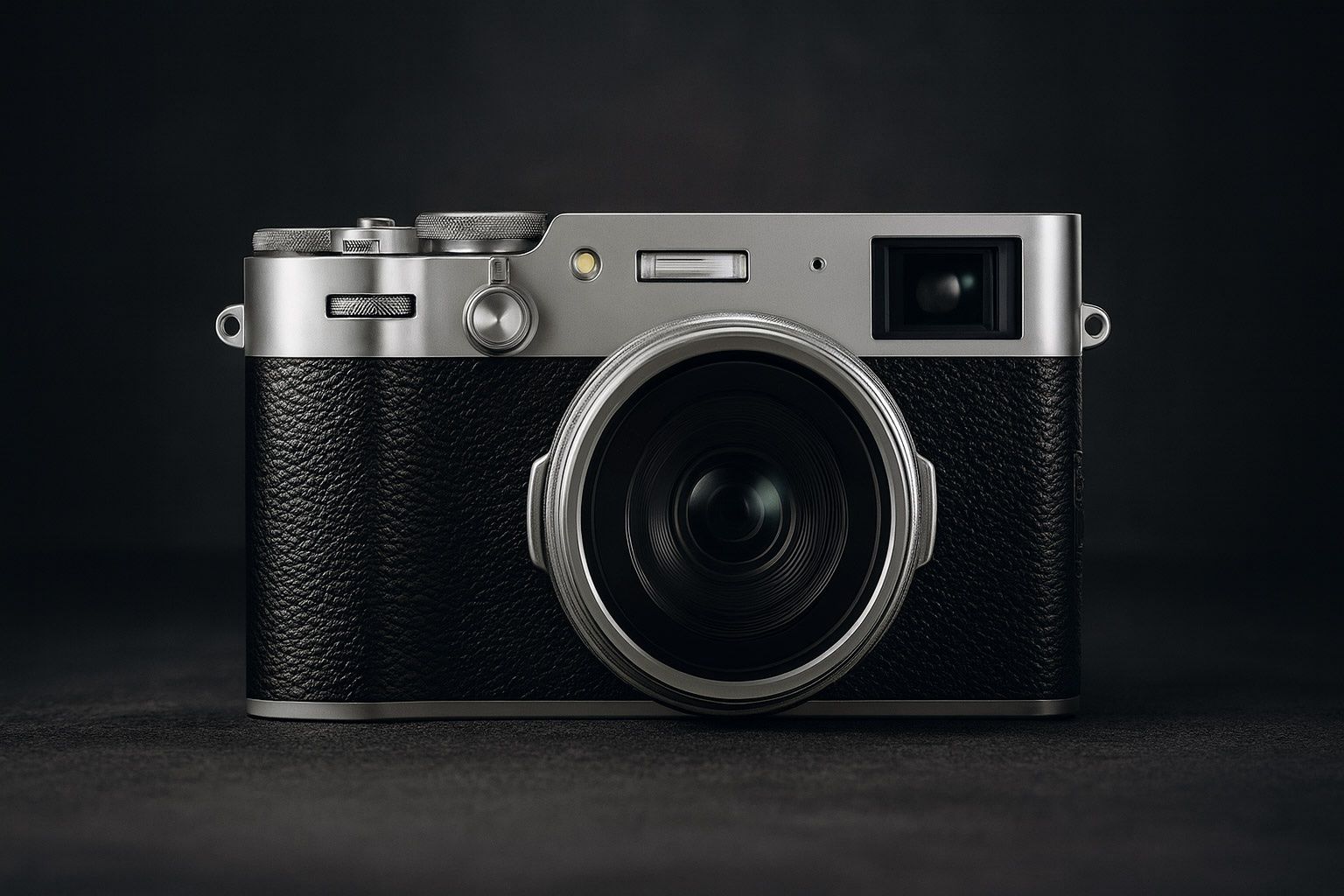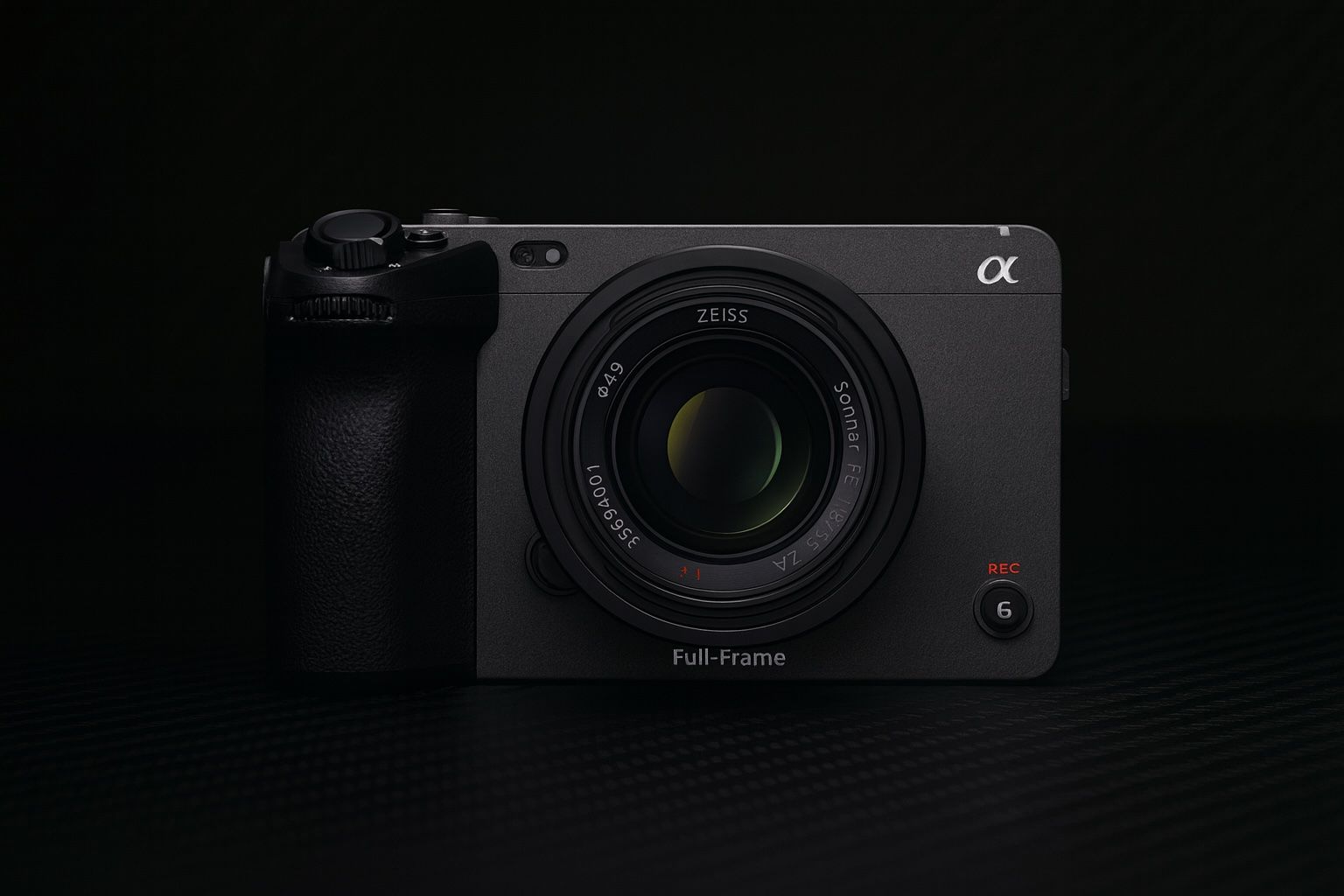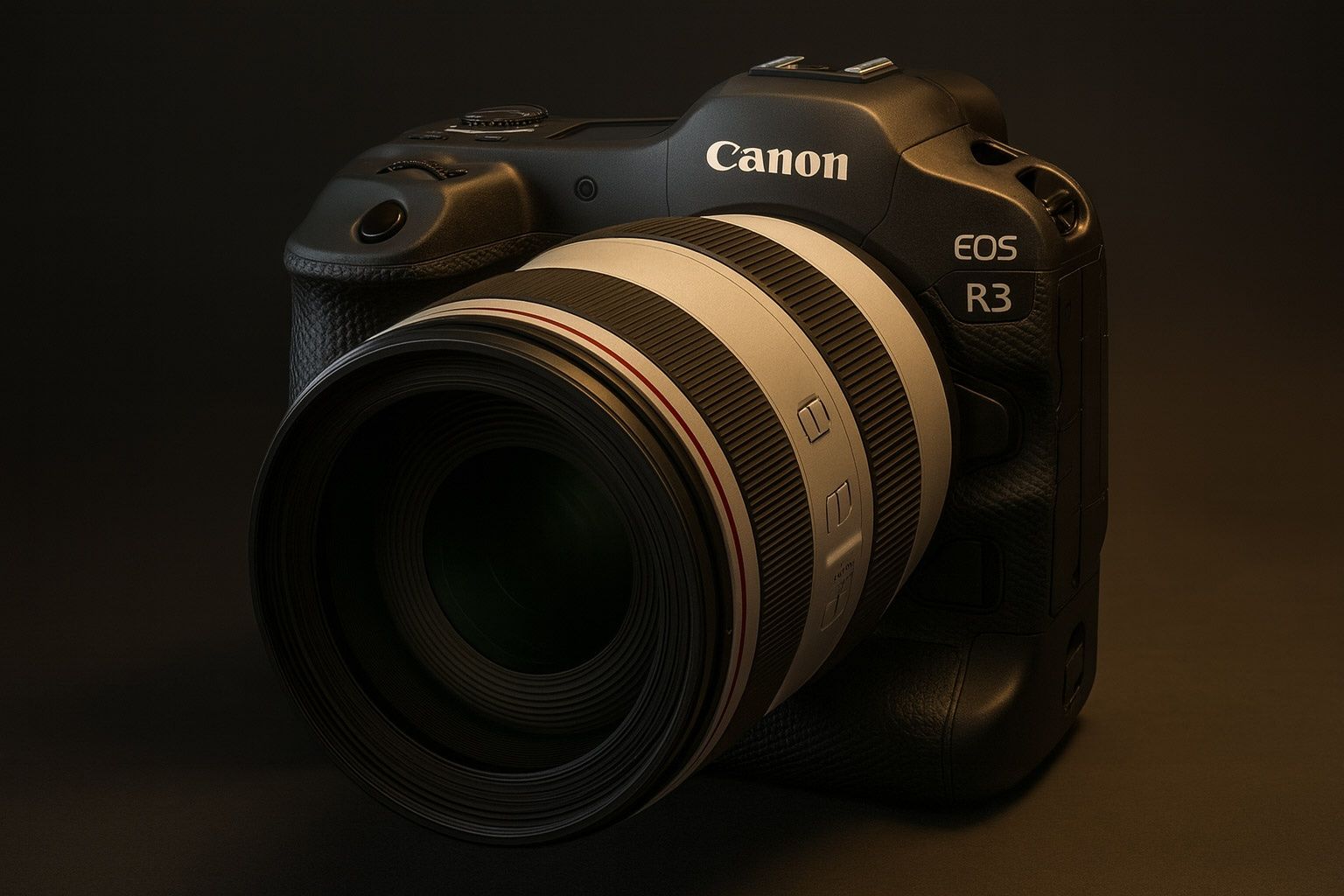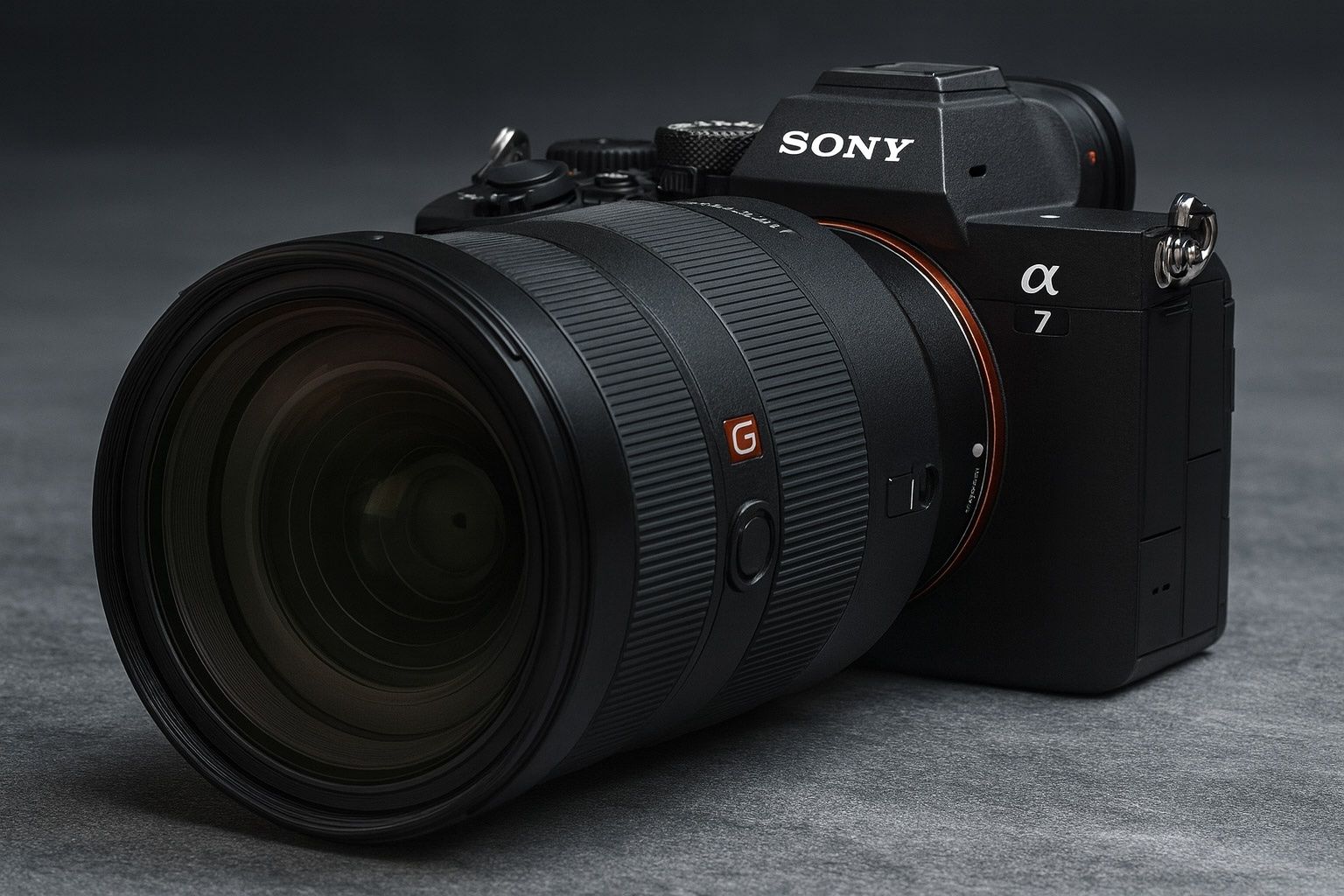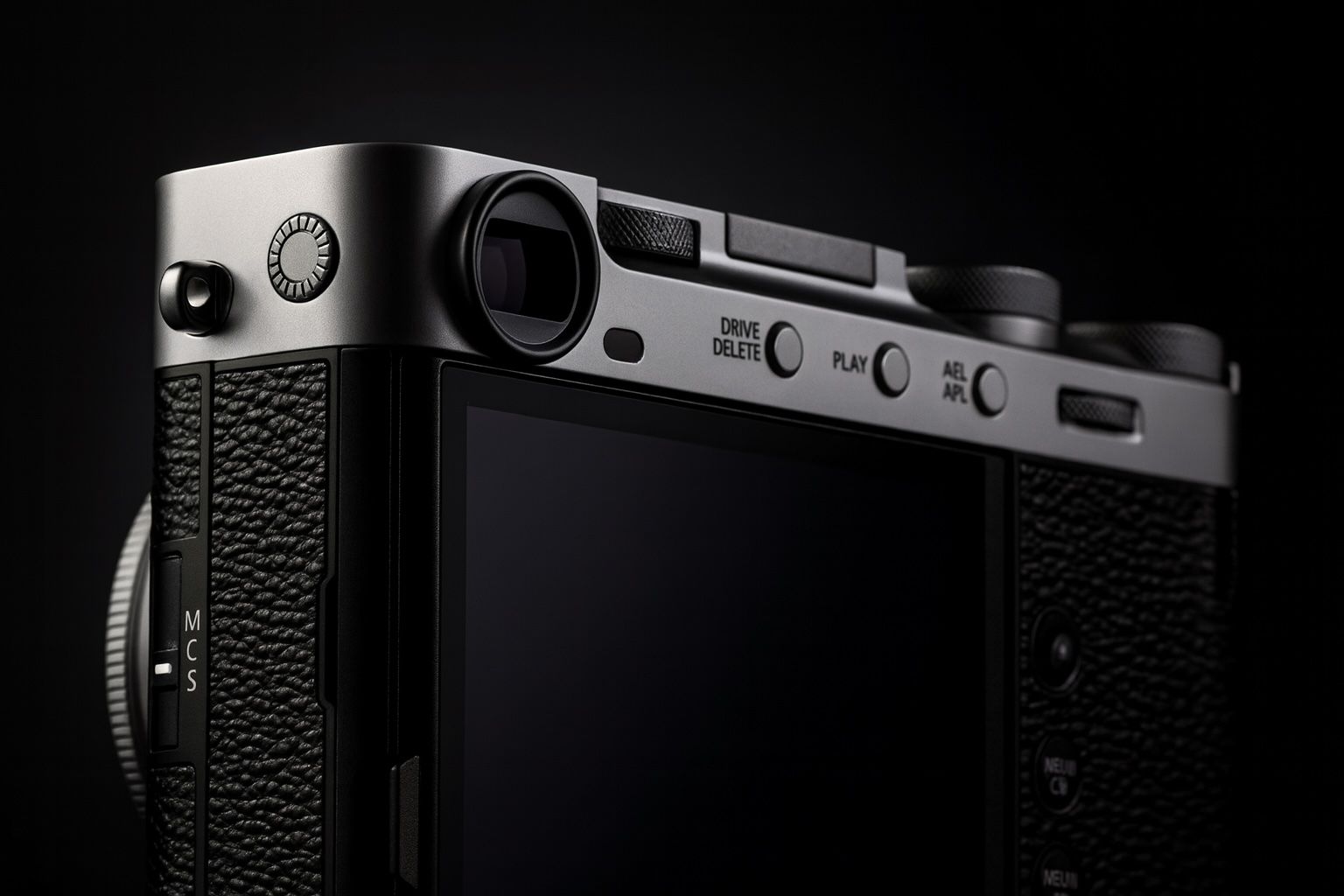
Ultimate 2025 Fujifilm Camera Lineup: X-Series vs GFX vs Instax – All You Need to Know
Key Facts: Fujifilm X-Series Mirrorless Cameras (APS-C) Fujifilm’s X-Series has won a devoted following by combining APS-C sensors with classic styling and Fuji’s famed color science. These interchangeable-lens cameras (X-mount) are beloved for their tactile dials, film simulation modes, and
